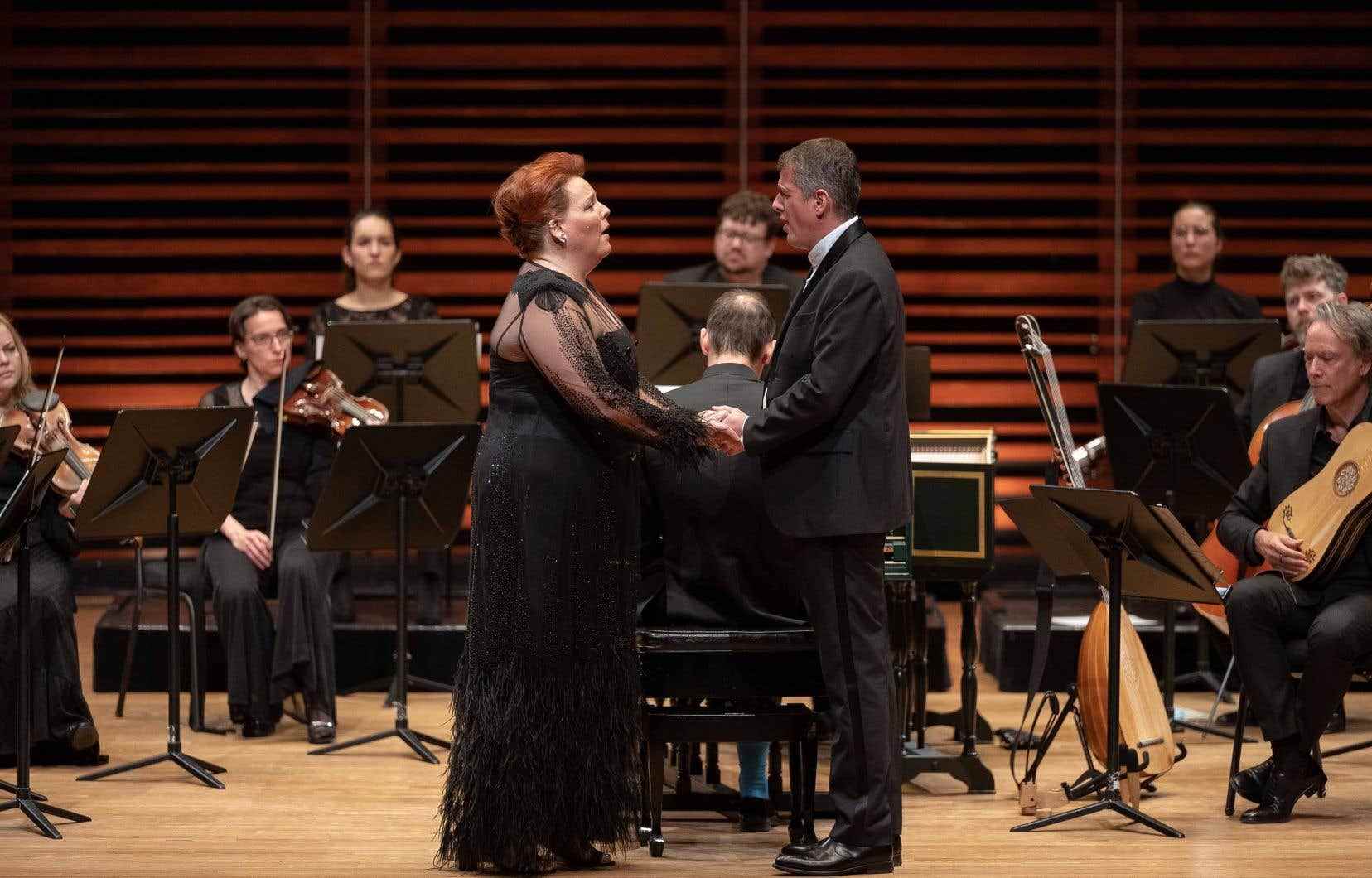After Rafael Payare’s historic season opener at the OSM in the 2e Symphony of Mahler, the Violons du Roy reserved for us, Saturday, with Marie-Nicole Lemieux and Philippe Jaroussky, an evening in the same vein: a huge concert which will be written in golden letters in our memories and in the great history of the Violons .
The poster would have sold out and triggered a rare fever in front of the Champs-Élysées theater in Paris. Marie-Nicole Lemieux and Philippe Jaroussky are icons there, and vocal art lovers know that the alliance of the depth of the Quebec contralto and the winged elegance of the French countertenor promises chills.
This was obviously not lacking in a program very intelligently built around arias and duets taken from Handel’s operas.
When the two singers finished at the end of the first part, as if on a vocal cloud “Son nata a lagrimar” of Giulio Cesare with the words “never again can I hope for a serene or happy day”, the spectators were heartbroken by such beauty.
The magic, when it reaches such a degree (because the second part managed to “add a layer”) is not only a question of alchemy of stamps which “match”. It is also a question of supreme vocal art, complicity and dramaturgy inside the concert.
The principle of the evening was a succession of airs distributed to one and the other, before a reunification at the end of each part. The slight frustration at not having had enough duets was filled with two encores, one irresistibly funny — the argument-reconciliation“ E see con hard time ” of Partenope of Händel — the other overwhelming, the famous “Pure ti miro” from Coronation of Poppea by Monteverdi.
At this point, it seemed as if the Maison symphonique was shaking to its foundations, the cheers of the audience so overflowing the number of decibels usually associated with the jubilation of a classical concert audience.
Agility and subtlety
This delirium was largely justified by all the services. We could only be dazzled by the way Marie-Nicole Lemieux went from her Azucena (The find of Verdi) to the universe so different (vocalizations, emission) of Händel even in his most tortuous vocal creations, such as the difficult aria “Son contenta di morire” of Radamisto, approached with incredible aggressiveness. The vocal material of Lemieux, which marked in its own way very emphatic the bass of “fury” and “pain», agreed very well with an orchestral texture cutting by happiness with these dry and emaciated accompaniments which one too often hears in Händel. On the stylistic level and the choice of orchestral interludes, Jonathan Cohen has also succeeded without fault. Of Philippe Jaroussky, we know the almost unreal agility (“Venti, turbine” of Rinaldo), but the most striking in our eyes is the fabulous control of the vocal line and attacks in the more intimate tunes. His “cara sposa» (Rinaldo), from the outset, was great, and he delivered the same singing lesson in his air of Radamisto at the end.
In this match of the stars, Jonathan Cohen and his singers had taken care to alternate virtuoso airs from one and meditative airs from the other, interspersed with orchestral excerpts. The performances of the musicians of Les Violons du Roy were all up to par: oboe in Agrippina with Marie-Nicole Lemieux, solo violin with Jaroussky in Rinaldo.
Hard to use the word “perfect” in a review. But the heart is really there and, to tell the truth, we have no choice.
